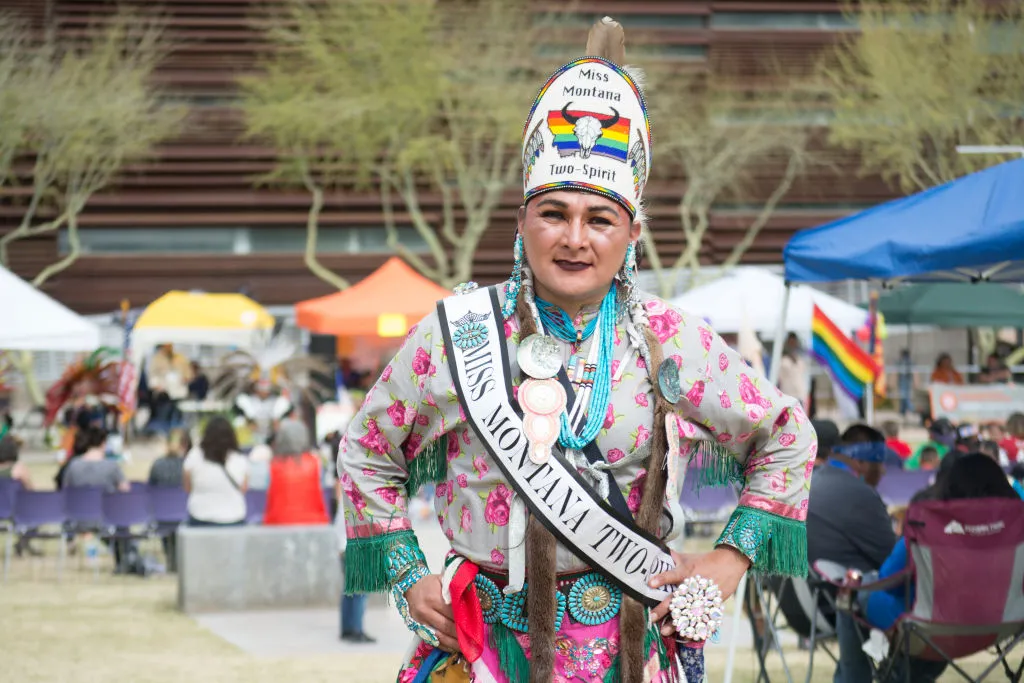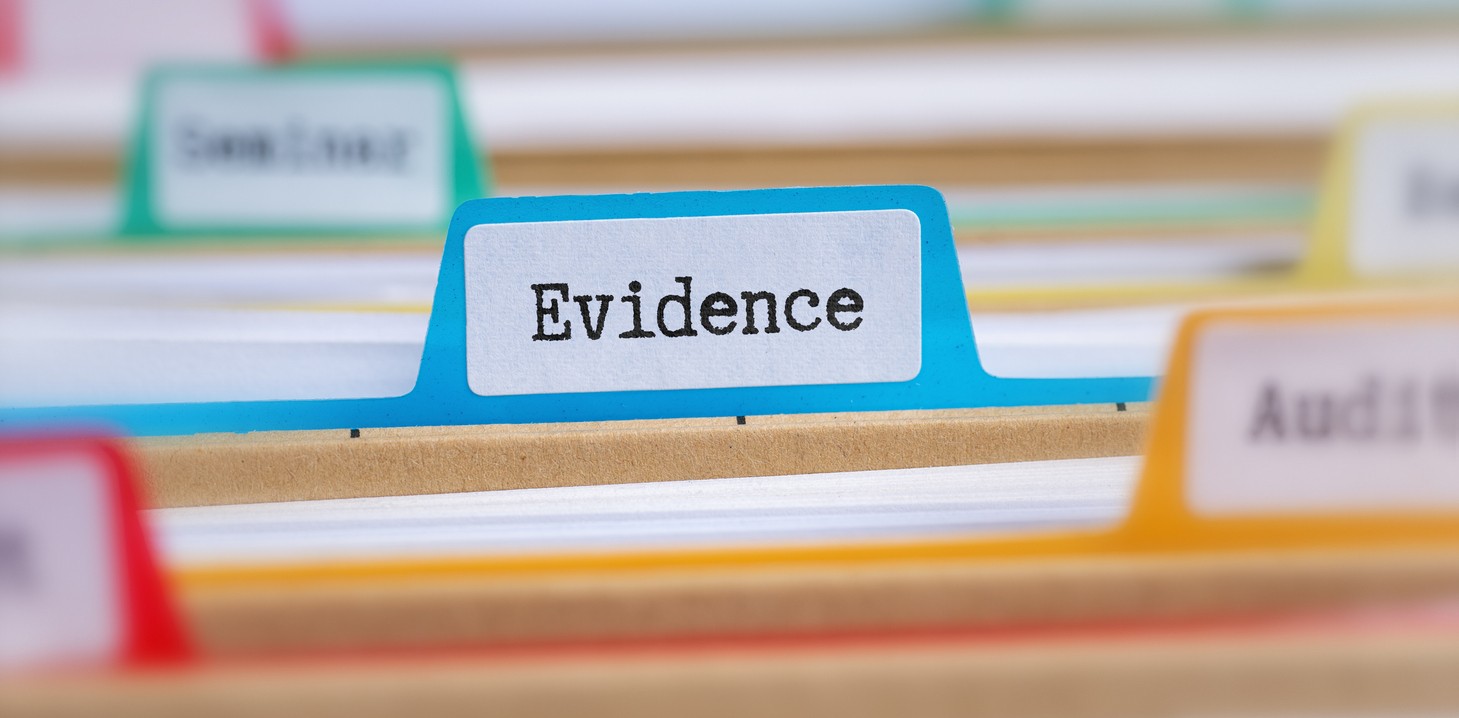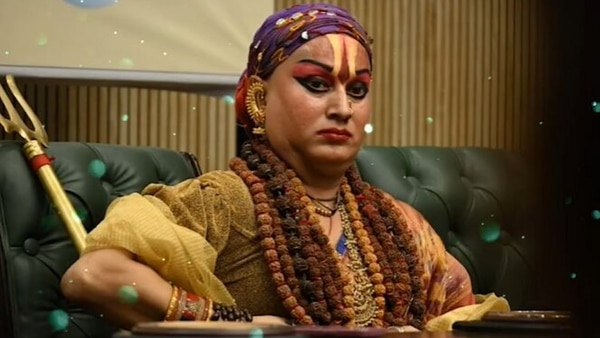

Within 48 hours of Brianna Ghey’s murder, DCS Mike Evans of Cheshire police told the media that the force had “no information or intelligence to suggest it was a hate crime”. The statement caused an immediate uproar, particularly among the LGBTQ+ community, who held vigils in her memory. Many people suspected that Brianna being a transgender girl may well have played a role in her killing and were angry that detectives seemed so quick to rule out transphobia as a motive.
What the activists did not know was that police by then had already started trawling through thousands of WhatsApp messages exchanged between the two teenage suspects before and after the murder. What they discovered was highly disturbing but not, they thought, a plot driven primarily by a hatred of Brianna’s transgender identity.
Evans explained after the verdicts that it was partly due to police soon learning that the two suspects had discussed killing at least four other children – boys they did not like.
“I think if it hadn’t been Brianna, it would have been one of the other four children on that list,” Evans said. “It’s just that Brianna was the one who was accessible at that time, and then became the focus of those desires.”
Brianna was first introduced into the defendants’ conversations by the girl – referred to in court as X – on 15 December 2022, almost two months before the killing. “I’m obsessed over someone I know but don’t have feelings for them … She’s called Brianna … I don’t know how to explain. Also she has a dick lol,” wrote X, who first met Brianna last October.
She sent the boy – referred to as Y – some selfies that Brianna had posted online, prompting Y to ask: “Is it a femboy or a tranny?”
In their subsequent conversations, the boy often if not always referred to Brianna via the dehumanising “it” rather than “she”, her chosen pronoun. Asked by the prosecutor Deanna Heer KC why he used such language, he said it was a “joke” and “what I’ve learned from people, how they talk about people, which I picked up”.
Heer asked: “Did you think that because she was transgender you were entitled to hurt her?” “No,” the boy replied.
X usually referred to Brianna as a girl, complaining at one point that she thought Brianna was prettier then her. “Prettier but it’s a boy,” wrote Y, who met Brianna for the first time on the day he killed her.
Evans accepts that Boy Y wrote some “horrific, dehumanising and transphobic” messages. “But actually, when you look at the girl involved, she almost admires/is obsessed with Brianna. I still think to this day Brianna wasn’t killed because she was transgender,” he added.
He thinks Brianna’s “lifestyle” and personality made her vulnerable. “She was an anxious child,” he said. “She stayed indoors a lot. She was quite a vulnerable individual and I think that made her relatively easy, in terms of accessibility.”
Girl X and Boy Y decided to kill Brianna after their initial plan to kill a boy referred to as E was thwarted and X suggested they stab Brianna instead. Y agreed, saying: “Yeah, it’ll be easier and I want to see if it will scream like a man or a girl.”
In another conversation, the girl discussed wanting to take one of Brianna’s “pretty” eyes as a trophy after the killing, while the boy said: “Really all I want to see is what size dick it had.”
The jury was told that Brianna was born male and that although she had not undergone any gender reassignment surgery, she was living, dressing and referring to herself as a female at the time of her murder. Her mother, Esther Ghey, told the Guardian earlier this year that Brianna transitioned aged 14.
Although transphobia did not come up in the trial, the judge, Mrs Justice Yip, may consider it to be an aggravating factor when sentencing one or both of the teenagers. But she told potential jurors on the first day of the trial to put aside any “uninformed views” about Brianna’s killing.
She also took a dim view of online commentators who pronounced that the defendants were transphobic. After the case was opened, the prosecution complained about a tweet from the barrister Jolyon Maugham, the founder of the Good Law Project, saying the teenagers had exchanged “transphobic slurs”.
Yip said the tweet was potentially in contempt of court, a serious crime that has previously resulted in short jail terms for those judged to have prejudiced a trial. Heer said the prosecution had deliberately not used such terms in the presence of the jury.
Maugham was spoken to by police and deleted the tweet, the court heard. Maugham told the Guardian: “Some weeks back I deleted several tweets about the trial. I also said to the judge I would – and I think it’s important to do this when you make a mistake – publicly apologise. I haven’t been able to do that until now, now the trial has ended. The issues I raised are very important but it was the wrong time for me to bring them up.”



